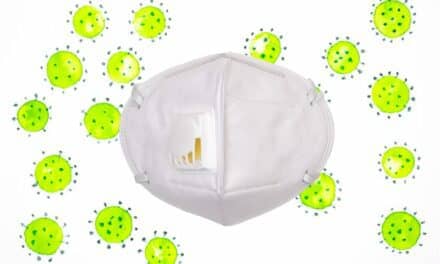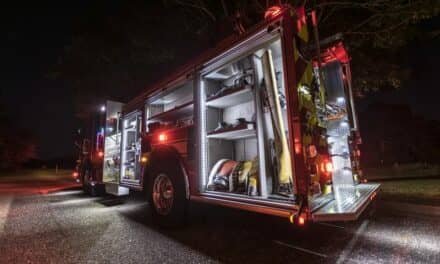Now and in the months to come, hospitals and commercial buildings will be tasked with sanitizing large indoor environments to prevent the transmission of viruses like SARS-CoV-2, which causes COVID-19. A new seed grant-funded study could provide the knowledge base needed to develop optical radiation products used in such large-scale sanitation processes.
William Bahnfleth, co-principal investigator (PI) and professor of architectural engineering at Penn State, is joining co-PI Suresh Kuchipudi, clinical professor of veterinary and biomedical sciences in Penn State’s College of Agricultural Sciences, to study the ability of optical radiation to disinfect surfaces and reduce transmission of viruses. Bahnfleth and his collaborators received approximately $90,000 in seed funds for the six-month project from Penn State’s Huck Institutes of the Life Sciences, College of Engineering and the Institutes of Energy and the Environment.
“Certain wavelengths of ultraviolet light have the ability to inactivate microorganisms, like fungi and viruses, by damaging their DNA or RNA so that they can no longer reproduce,” Bahnfleth said. “Our research question for this project asks how well different wavelengths work to deactivate, or kill, coronaviruses like COVID-19.”
Inside a cabinet-like reactor, Bahnfleth, Kuchipudi and collaborator Jim Freihaut, professor of architectural engineering at Penn State, will measure the degree of disinfection of coronavirus samples exposed to ultraviolet light of 254- or 365-nanometer wavelengths for different time periods of exposure. The researchers will use a surrogate human coronavirus similar to the COVID-19 virus in their tests, which will be provided by the Penn State Department of Veterinary and Biomedical Sciences.
“When best-practice ultraviolet levels and exposure times are determined, ultraviolet-based disinfection devices can then be designed to deactivate airborne viruses in building air supply systems, room or equipment surfaces, facial masks and virus sampling equipment,” Freihaut said. “The same technology could be used, going forward, to also deactivate bacteria and other types of viruses, but the levels of ultraviolet light may need to be adjusted for each specific target contaminant.”
In the second segment of the project, Penn State’s Donghyun Rim, assistant professor of architectural engineering, and Richard Mistrick, associate professor of architectural engineering, will work with Bahnfleth to apply the findings of the experimental part of the study to computational fluid dynamics modeling and lighting simulations. The simulations will serve to predict the effect of the germicidal irradiation system combined with ventilation and filtration efforts on the viability of coronavirus samples.
“We will develop a plan to control different elements that go into the spatial model, as well as the infection risk that moves around the air distribution space,” Rim said. “We also will model the typical air motion of a room, which is usually removed, cleaned. and then recirculated in a space.”
Merging the test data from the reactor system and the simulations, the researchers will then compare the ultraviolet sensitivity factors to those that have been reported in the literature for other virus types, like the polio-causing virus or the H1N1 flu virus, Freihaut reveals.





